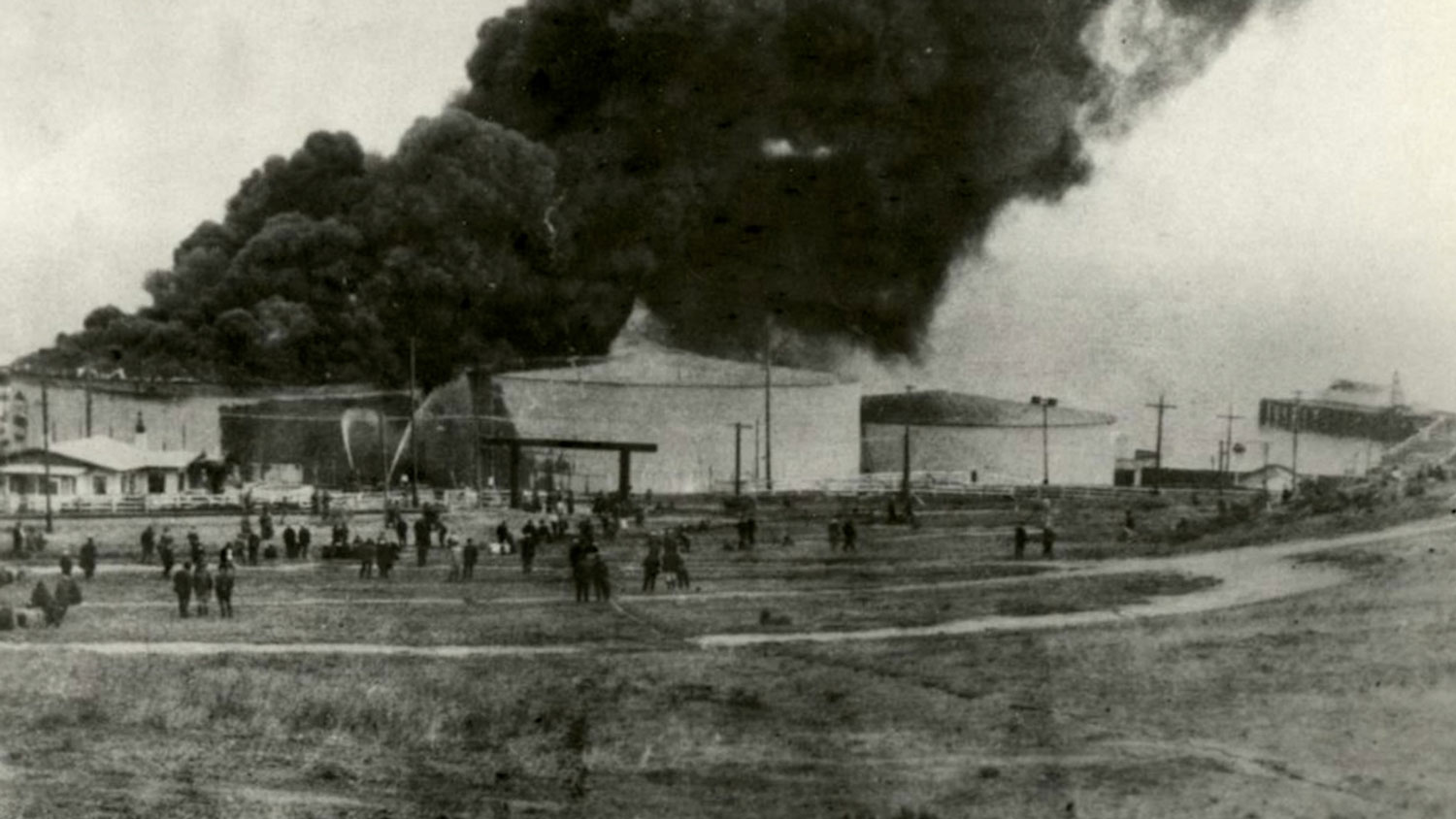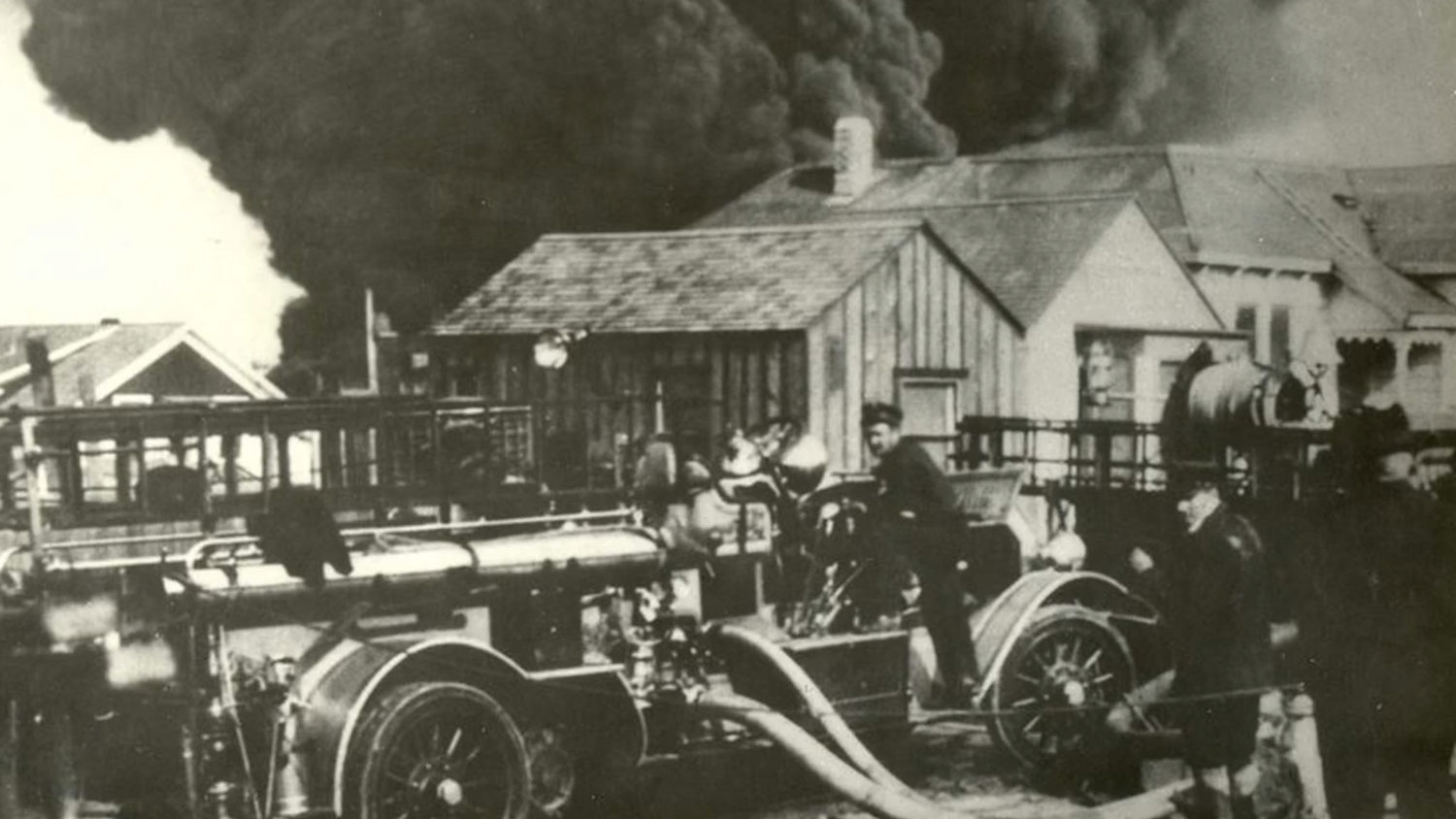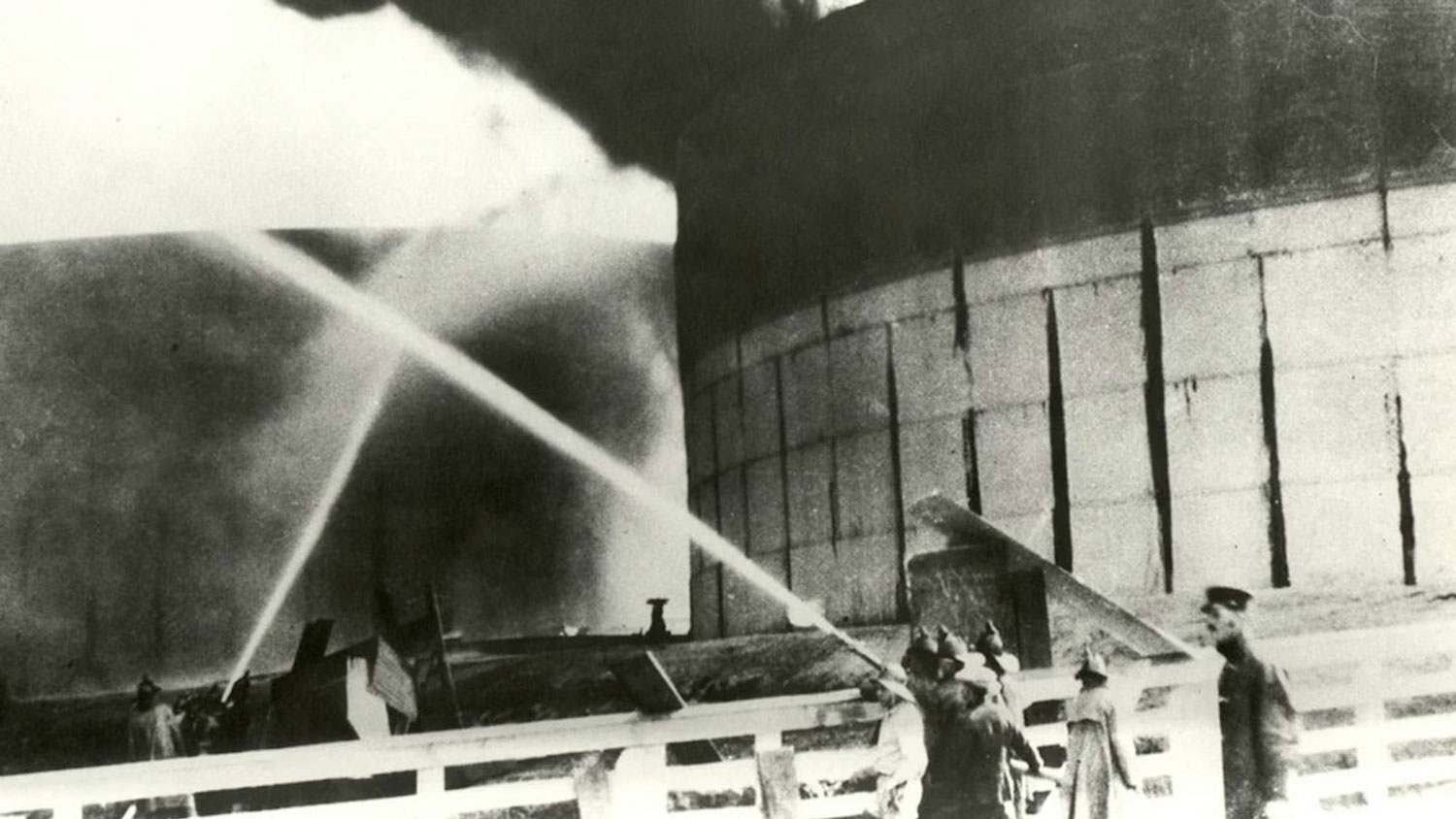Blackhorse: The legendary story behind 11th Armored Cavalry Regiment's nickname
The job of the US Army's elite 11th Armored Cavalry Regiment is to play the Opposing Force – the enemy – wreaking havoc on visiting units to help turn them into better soldiers.
But how did 11th Armored – the Blackhorse Regiment – earn its nickname and what's the connection to a devastating fire in 1924 that almost destroyed an entire town?
Formed in 1901, the regiment has a long combat history including the Mexican War, the First and Second World Wars, the Vietnam War, the two Gulf Wars and Afghanistan.
British Army officer Major Arthur Purbrick, Officer Commanding B Squadron, 1st The Queen's Dragoon Guards, has helped uncover the story of Blackhorse Regiment and told Forces News how a freak accident earned the fearsome unit its nickname.
He took it upon himself to research the history of the Opposing Force he faced on Exercise Diamondback and discovered a story filled with fearlessness in the face of an unruly opponent – a fast-spreading, devastating oil fire that was set to burn down the entire town of Monterey, California.

The Monterey Oil Tank Fire of 1924
The 11th Cavalry Regiment was stationed at the Presidio of Monterey, now home to the Defense Language Institute Foreign Language Center, from 1919 to 1940.
On 14 September 1924, a lightning bolt hit a 55,000-barrel oil tank at an oil storage facility in Monterey.
The electrifying fork of white light ignited a fire so powerful and relentless that it took days to put out.
The flames spread quickly and started to burn down nearby structures such as warehouses where hay for 11th Cavalry Regiment's horses was stored.

Realising the risk to the town, which was predominantly made of wooden buildings, the soldiers immediately jumped into action to join fire crews from the surrounding areas.
Maj Purbrick explained: "The heat was unimaginable as these rivers of oil flowed down the street.
"People were burnt from nearby and the men of 11th Cavalry Regiment broke down some fences and used them as a shield while spraying water over the top.
"It's through their valiant efforts that they managed to keep control of the fire and protect a lot of the town from the burning rivers of oil."

After five brutal days battling the fire it was discovered that 26 soldiers had died and many hundreds more had been severely burned or otherwise injured.
Among the dead were Private George Bolio of the 11th Cavalry Regiment and Private Eustace Watkins of the 76th Field Artillery Regiment.
It was reported in The San Miguel Examiner on 20 September 1924 that a third soldier, Sergeant Peterson, was "so severely burned that he may die" and that the property damage was "estimated as high as $3,000,000".
Inside the Presidio of Monterey Fire Department is a memorial dedicated to Pte Bolio and Pte Watkins.
To this day, several streets in Monterey are named after those who died bravely battling the flames a century ago.
How did the Blackhorse Regiment get its nickname?
While the soldiers of 11th Cavalry Regiment were courageously putting out the fire, their horses were undergoing a radical change as Maj Purbrick explained.
He said: "Unbeknownst to [the soldiers], of course, all the ash and soot from this huge oil fire was drifting southwest over their stables and it had settled on all their horses there.
"When [the soldiers] came back two days later, having finally managed to put out the fire, their horses were turned completely shiny black from this oily soot all over them and hence the moniker, the Blackhorse."

Keeping tradition alive
Soldiers from the Blackhorse Regiment visit the Presidio of Monterey regularly to pay their respects to those who made the ultimate sacrifice in September 1924 in defence of the town of Monterey.
During a visit in May 2023, Captain Dave Richards, the detachment's officer in charge, said members of the Blackhorse Regiment have a "special appreciation" for their visits to the Presidio because it helps keep them in touch with their heritage.
He added: "The motto of our horse detachment is 'Keeping Tradition Alive', so this is a really unique trip for us that we do every year because we get to come back here where our actual roots are."
Corporal Sarah Alsup, a Blackhorse Regiment generator mechanic, said the detachment's impact on the larger world, as well as its heritage, makes her proud to be a member.
She said: "Getting to see where your unit has been, is kind of like seeing where your ancestors come from.
"We live by the motto 'Keeping Tradition Alive' every day.
"We do it all the time. Every day we think about it. We talk about it, but now [when they visit the Presidio of Monterey] we actually get to see it."









